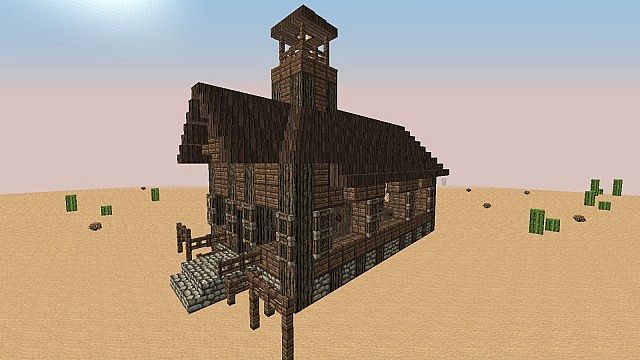

- Building a bundle with jutoh how to#
- Building a bundle with jutoh apk#
- Building a bundle with jutoh for android#
- Building a bundle with jutoh android#
Building a bundle with jutoh android#
When you provide custom signing information, Unity doesn’t store keystores An Android system that lets you store cryptographic key entries for enhanced device security. To provide custom signing information, create a keystore and load it into Publishing Settings. Applications that use custom signing are able to run on an Android device and you can publish them. More info See in Glossary uses when you provide custom signing information. This automation means that many common build errors are less likely to occur.
Custom signing: The signing method that Gradle An Android build system that automates several build processes. Applications that use debug signing are able to run on an Android device, but you can’t publish them. Debug signing: The default signing method for a new Unity Project. There are two types of application signing: Tip: After you specify the output path the first time, you can use Ctrl+B (macOS: Cmd+B) keyboard shortcut to build and run the application.Īndroid applications must be digitally signed to run on an Android device. More info See in Glossary tunnel and enables CheckJNI before it launches your application. For example, it can report the percentage of time spent rendering, animating, or in your game logic. It shows how much time is spent in the various areas of your game. More info See in Glossary Build Setting is enabled, Unity also sets up a Profiler A window that helps you to optimize your game. If the Development Build A development build includes debug symbols and enables the Profiler. Building a bundle with jutoh apk#
If the Split Application Binary Player Setting is enabled and the Build App Bundle (Google Play) Build Setting is disabled, Unity builds Android expansion files (OBB) for the APK and places them in the correct location on your device. If you selected Build and Run, when Unity creates the build: If you selected Build and Run, Unity also installs the application on the Android device connected to your computer. Select the destination for Unity to place the application. Building a bundle with jutoh for android#
If you want to export your project for Android Studio instead of building it within Unity, see Exporting your Android project. Note: If Android is greyed out, set up your project for Android development. To build your Unity application for Android: If you want to export the project and build it in Android Studio, enable Export Project then enable Export for App Bundle.
Enable Build App Bundle (Google Play). From the list of platforms in the Platform pane, select Android. To make Unity build the Android application as an AAB: Unity can build Android applications in the following publishing formats:īy default, Unity builds Android applications in the APK publishing format. Build Settings: Configure build system settings. More info See in Glossary: Configure runtime and build settings for the application. Player Settings Settings that let you set various player-specific options for the final game built by Unity. There are two sets of settings that configure a Unity build: Configuring the buildīefore you create a build, configure your project’s settings so that Unity builds the application with the runtime settings and build system properties you want. If you are targeting a specific digital distribution service with your build, see the documentation for that Digital distribution service first to check if the requirements differ. For example, Google Play requires your application to be an Android App Bundle (AAB) and not an APK. Some digital distribution services that host Android applications have particular requirements that can change the build process. 
For more information, see Exporting an Android project. This is useful if you want more control over the build pipeline, want to see or modify the Android App Manifest that Unity generates for your application, or integrate Unity-powered features into another Android application. Instead of building your application, you can also export the Unity project as a Gradle project and import that into Android Studio.

For information on the build process for Android and the tools Unity uses, see How Unity builds Android applications.
Building a bundle with jutoh how to#
This page contains instructions on how to build your Unity application for Android as well as considerations to be aware of when you do.







 0 kommentar(er)
0 kommentar(er)
